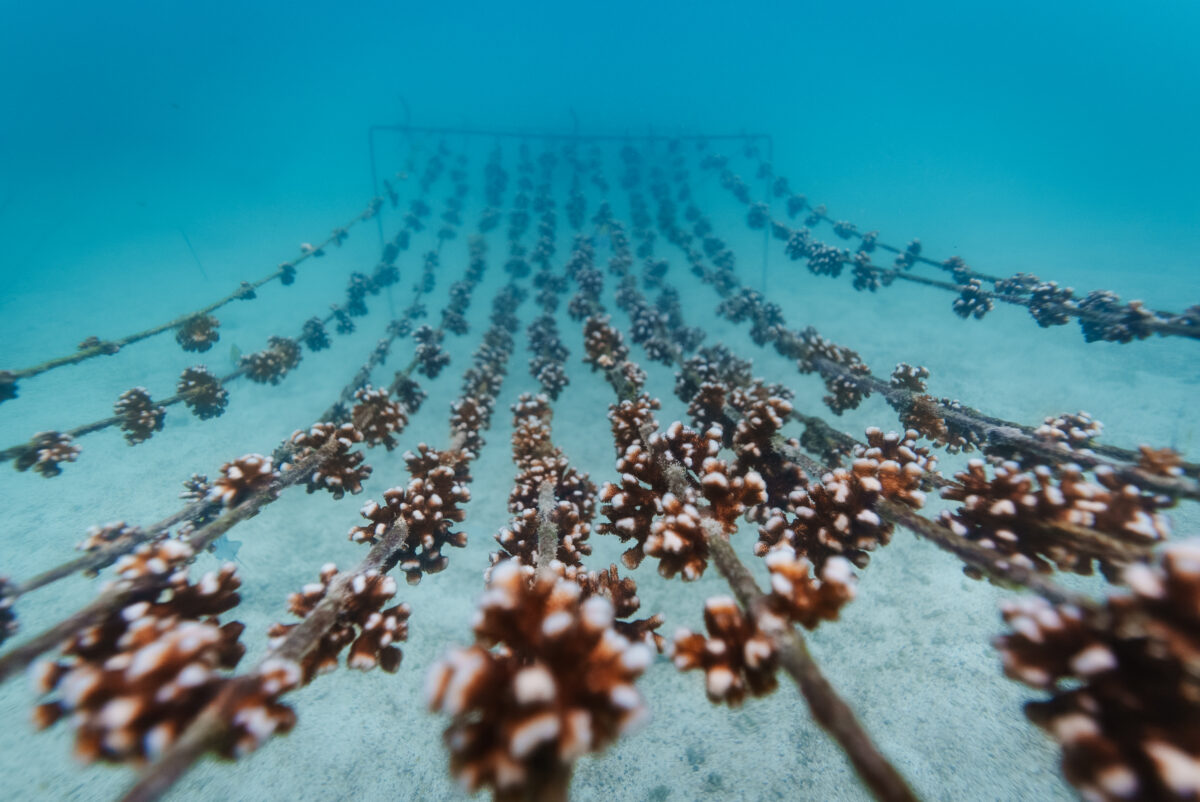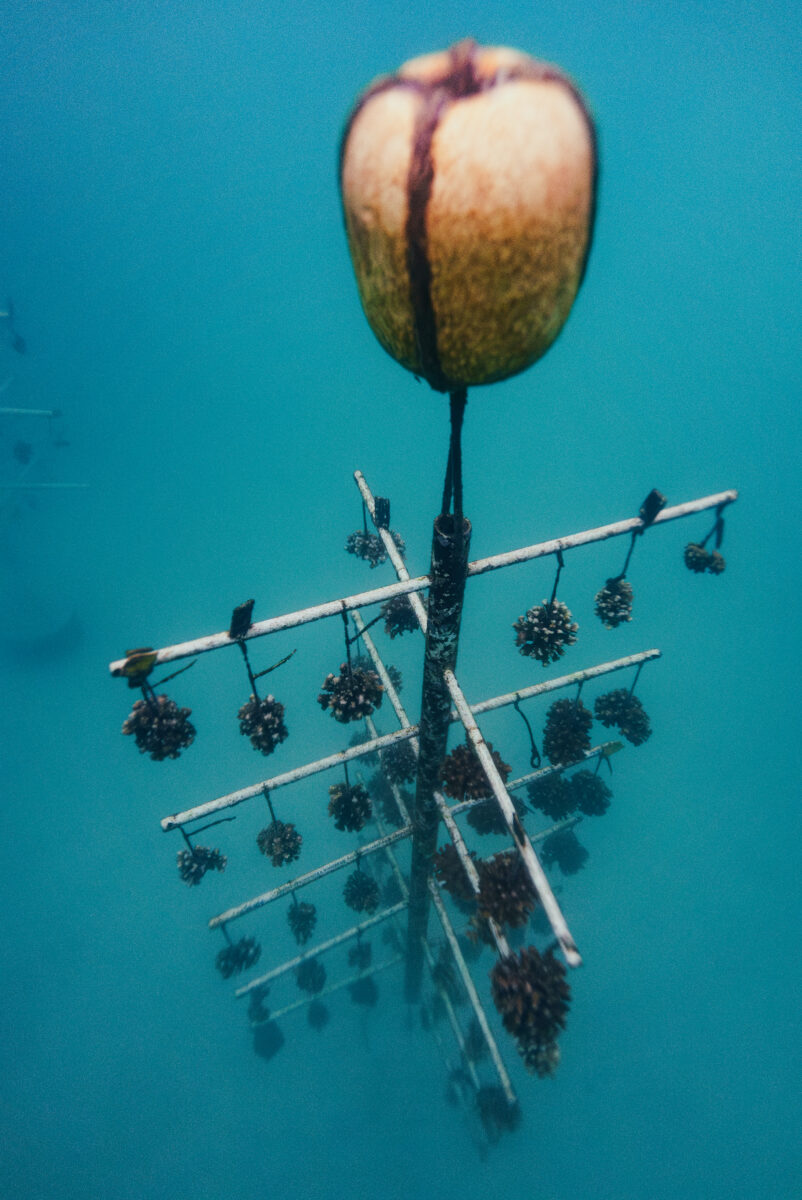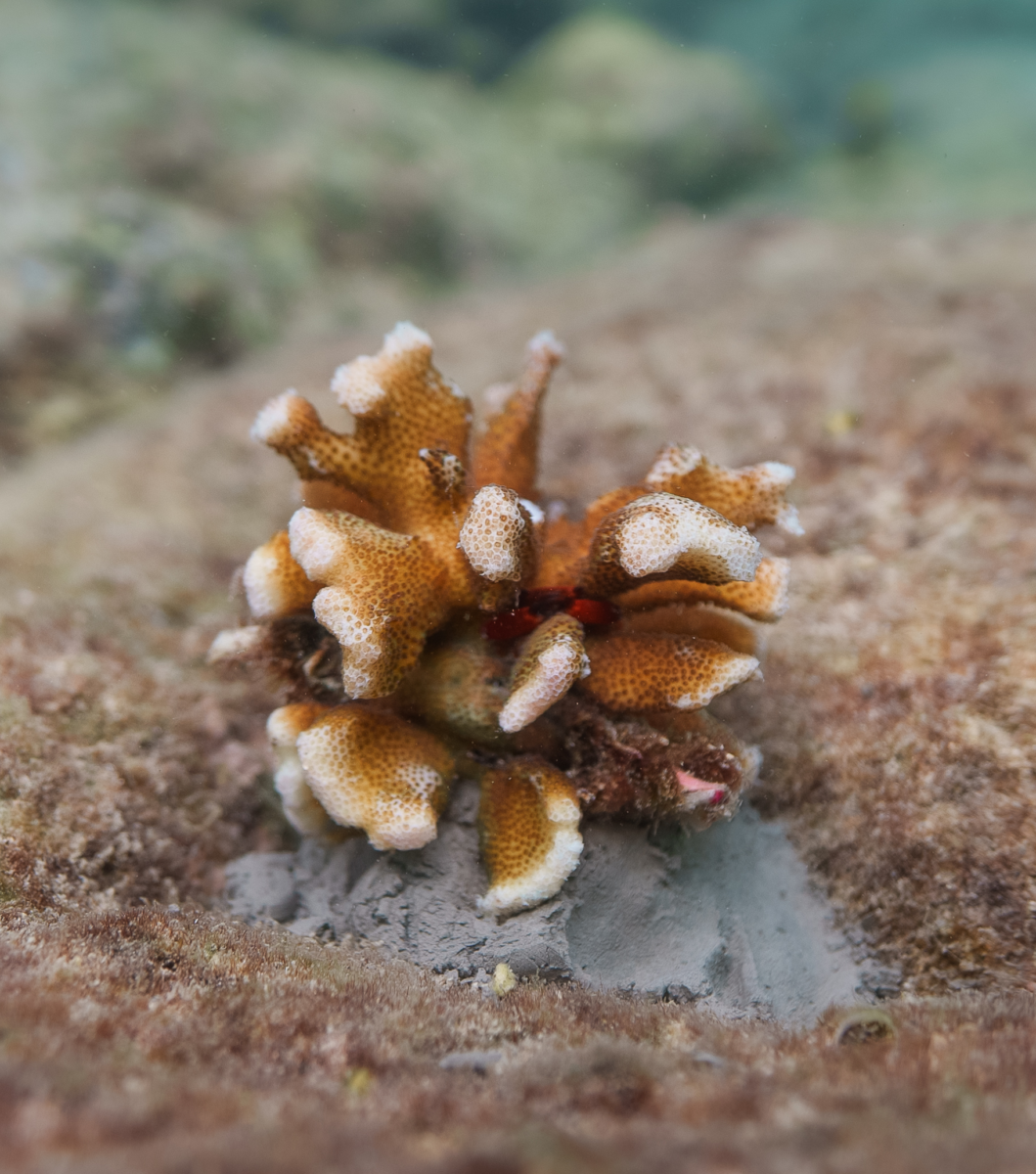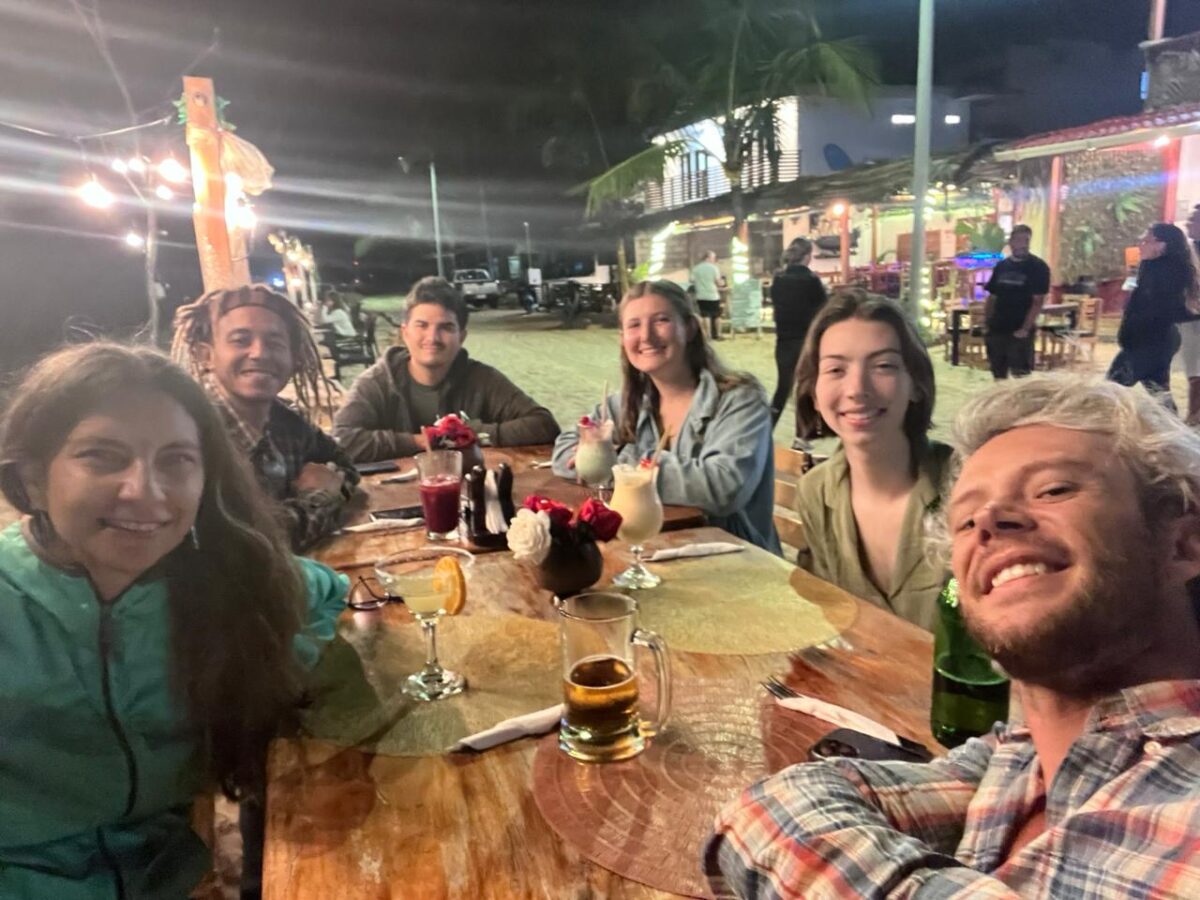Located in the small town of Puerto Villamil on Isabela Island, Galápagos, Reef Revival is a grassroots initiative that aims to restore the coral reefs of the Galápagos islands. Two years ago, biologist Nicolás Dávalos started this project in collaboration with Dr. Margarita Brandt, a researcher and professor at the Universidad San Francisco de Quito (USFQ). I had the pleasure of joining Reef Revival for two weeks of coral research and restoration work.
The Galápagos Islands experienced a >95% loss of all corals during a 1982–1983 ENSO warming phase (ENSO, or El Niño-Southern Oscillation, is a Pacific oceanic and atmospheric climate pattern, where there are warm sea surface temperature (El Niño), cool (La Niña), and neutral phases. This is a natural phenomenon, and phases will fluctuate with varying strengths and durations). After this catastrophic loss in the 80s, several additional El Niño and La Niña events have occurred, both causing severe bleaching of coral communities.
Bleaching occurs when corals experience stress. Coral has anemone-looking structures called polyps, which are tiny animals with an alga, Zooxanthellae, living in them. These algae photosynthesize, creating food for the coral. When corals bleach, it is because they expel their Zooxanthellae and can no longer create food.
To address this coral decline, Reef Revival has established a coral nursery and nearby outplanting sites, piloting techniques to restore Pocillopora, Pavona and Porites corals to the area. In the wild, some corals can reproduce asexually through fragmentation – if a piece of a coral colony breaks off and settles on the seafloor, it will grow into another coral colony. This same idea is used in the coral nursery, where bigger corals are fragmented to grow new corals.
The nursery has several different cultivation methods: ropes, trees, and tables. Each is unique and has its own benefits and drawbacks. The rope method is cost-effective and can support many fragments, but it requires constant maintenance to clean the corals from algae that compete with them. The trees don’t require constant cleaning but are less cost-effective and cannot hold as many corals as the ropes. The table method is used to grow massive corals, including Pavona and Porites species. As the names suggest, these corals are quite large and will cover large areas of rocks; they are also quite difficult to grow. A pilot study before the project launched helped determine ideal depth and location for these tables, resulting in the successful cultivation of these corals.

supported by Fundacion Jocotoco)

supported by Fundacion Jocotoco)
After the corals grow larger in the nursery, they are outplanted in the protected bay around the nursery at a density of 3 corals per m2. Thus far, Reef Revival has outplanted 7,000+ individual corals, restoring around 2500m2 of reef! While there, I was lucky enough to participate in this restoration process.

supported by Fundacion Jocotoco)
In addition to restoration, the site is also home to several different research projects. Moss Landing Marine Labs Master’s student Ava Besecker is working on a coral genetics project under the supervision of Dr. Cheryl Logan, a Professor at California State University, Monterey Bay. I assisted her in taking samples from the nursery and two outplanting sites – Zooxanthellae species compositions can only be determined through genetic analysis and colonies may have several species. Genetic analysis can also distinguish between Pocillopora genotypes, which are visually indistinguishable from each other. Galápagos is an ideal study system because this area historically has significant temperature fluctuations – determining drivers of thermal tolerance and the most resilient species can lead to more targeted restoration around the islands and beyond.
I also assisted with photogrammetry of outplanting sites to compare growth over time. This process was something I had never done before, and it was interesting to learn how a series of photos with fixed targets could be used to create a 3D map of an area. In addition to these projects, I also assisted Daniel Velasco, an undergraduate student working under the supervision of Dr. Brandt at USFQ, with a project comparing mobile invertebrate density across different coral size classes. In just a short timeframe, I was able to contribute to a wide variety of projects and learned so much!
Having come from a background in kelp restoration, I found myself noticing the parallels between kelp and coral restoration. Both of these species are considered ecosystem engineers, meaning that they fundamentally change the ecosystem by creating new habitat. Through restoration, not only is one species conserved, but also the habitats for a wide variety of other species (for kelp 1000+ species, and for coral around 25% of all life in the ocean) are conserved. There are also similar questions surrounding restoration around best cultivation techniques, ideal conditions for growth, and outplanting density. I also noticed similar challenges, including climate-change-induced ocean warming threatening these thermally sensitive species and an urchin overpopulation grazing problem (with pencil urchins (Eucidaris galapagensis) in coral ecosystems, and purple urchins (Strongylocentrotus purpuratus) in kelp forests). This was my first time working with corals, and it was fascinating to see how my experience with kelp restoration was connected.
Reef Revival has been part of the Coral Restoration Project managed by the Galapagos National Park (GNP) since 2020. The Reef Revival project is supported by Universidad San Francisco de Quito, Galápagos Science Center, ReWild, and Fundación Jocotoco.

Thank you to Cheryl Logan, Maggy Brandt, Nico Dávalos, Ava Besecker, and Daniel Velasco for welcoming me onto the team! For updates on Reef Revival’s progress, follow them on Instagram @reef.revival!
Thank you to the Our World-Underwater Scholarship Society and our sponsor Rolex for making this scholarship experience possible. I would also like to thank Reef Photo and Video, Nauticam and Light and Motion for my underwater camera setup as well as Aqualung, Fourth Element, Suunto, Halcyon, and DUI for my diving equipment.